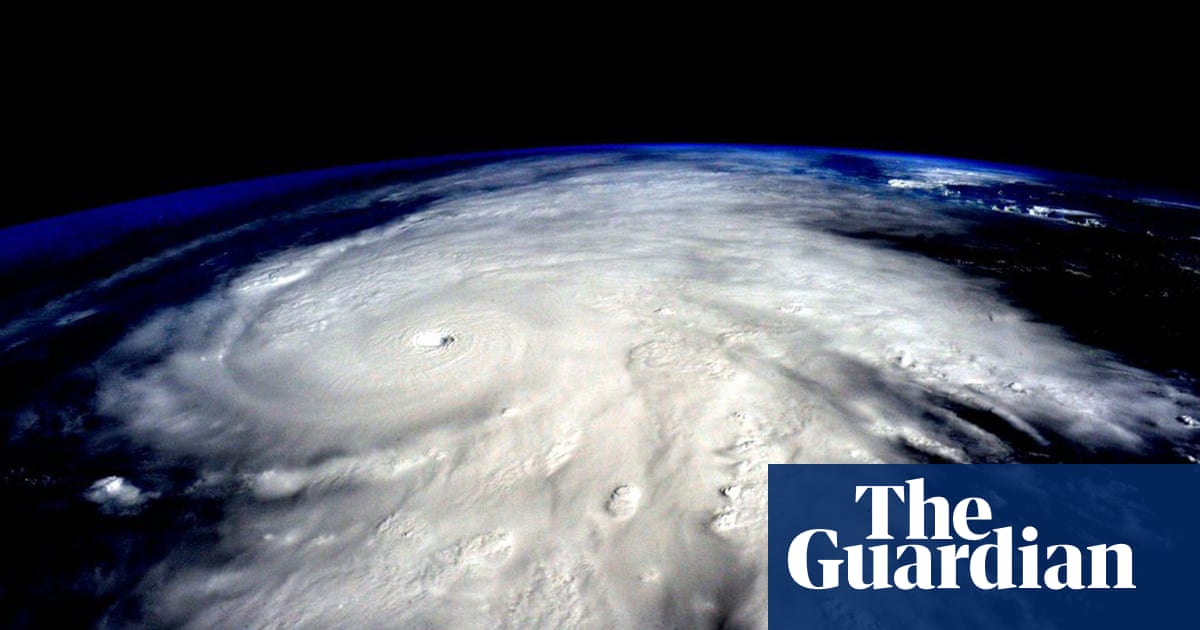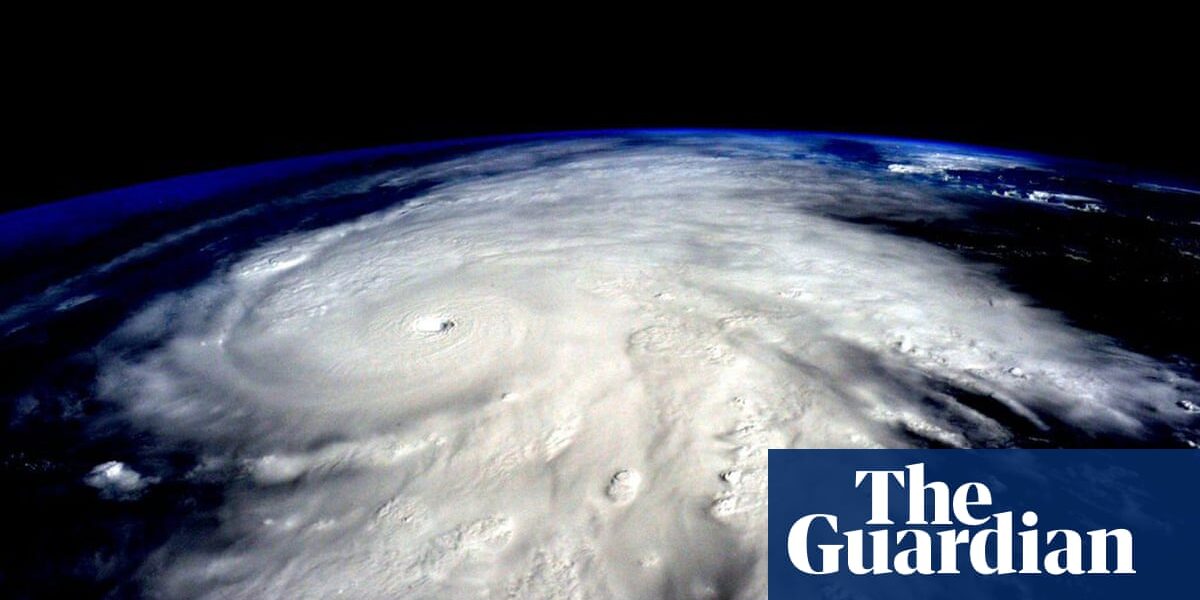A recent study suggests that hurricanes are becoming increasingly powerful, to the point where a new category may be necessary.

A recent study suggests that the increasing strength of hurricanes, caused by the climate crisis, warrants the addition of a new classification, “category 6,” to the existing scale of 1 to 5.
According to researchers, in the last ten years, there have been five storms that would now be classified as a category 6, encompassing hurricanes with sustained winds of 192mph or higher. Studies have shown that these mega-hurricanes are becoming increasingly common due to global warming and the resulting warming of the oceans and atmosphere.
According to Michael Wehner, a researcher from Lawrence Berkeley National Laboratory in the United States, reaching speeds of 192mph is likely faster than even the quickest Ferraris and is difficult to comprehend. Together with James Kossin from the University of Wisconsin-Madison, they have suggested adding a new category 6 for hurricanes. Wehner also acknowledges that being caught in such a powerful storm would be extremely dangerous.
A recent research paper, released in Proceedings of the National Academy of Sciences, suggests a modification to the commonly used Saffir-Simpson hurricane scale. This scale was created in the 1970s by Herbert Saffir, a civil engineer, and Robert Simpson, a meteorologist who served as the director of the US National Hurricane Center.
The scale categorizes hurricanes with sustained maximum wind speeds of 74mph or higher as category 1 events, with the scale increasing as the wind speeds increase. Category 3 and higher are classified as major hurricanes that pose a significant threat of property and life damage, with the most powerful, category 5, including storms with wind speeds of 157mph or higher.
In recent years, there have been catastrophic Category 5 storms that have caused immense destruction, such as Hurricane Katrina in 2005 which devastated New Orleans and Hurricane Maria in 2017 which had a devastating impact on Puerto Rico. However, a new study suggests that there is now a category of even more extreme storms that should be recognized separately.
Some notable storms include Typhoon Haiyan, which caused the deaths of over 6,000 individuals in the Philippines in 2013, and Hurricane Patricia, which attained a maximum speed of 215mph after forming near Mexico in 2015.
According to Wehner, there have been no category 6 hurricanes in the Atlantic or Gulf of Mexico so far, but the conditions are favorable for one to occur. It is simply a matter of luck that one has not happened yet. While hoping it will not happen, Wehner acknowledges that it is ultimately unpredictable. It is known that these storms are becoming more intense and will likely continue to do so.
Although the overall quantity of hurricanes is not increasing as a result of the climate emergency, scientists have discovered that the strength of severe storms has significantly risen in the 40 years of hurricane observations by satellites. The abnormally warm ocean is supplying additional fuel for hurricanes to rapidly strengthen, with assistance from a hotter and more humid atmosphere.
According to Wehner, the Saffir-Simpson scale is not an accurate way to measure the threat of a hurricane to people, as the greatest danger comes from heavy rain and flooding rather than just strong winds. However, a category 6 on the scale would emphasize the increased risks caused by climate change. Wehner stated that the main goal is to bring attention to the fact that the climate crisis is impacting the severity of storms.
Skip over the advertisement for the newsletter.
after newsletter promotion
The systems used to chart the world around us have been previously tweaked to reflect the rapid changes of the modern era. Australia’s bureau of meteorology added a new colour – purple – to its weather maps to account for ferocious heat, while just last week the US government’s Coral Reef Watch programme added three new alert categories to capture the increasing heat stress suffered by corals.
There is currently no indication that hurricanes will be officially classified as category 6 in the near future. The US National Hurricane Center has not yet responded to a request for comment regarding the recent study.
Source: theguardian.com


